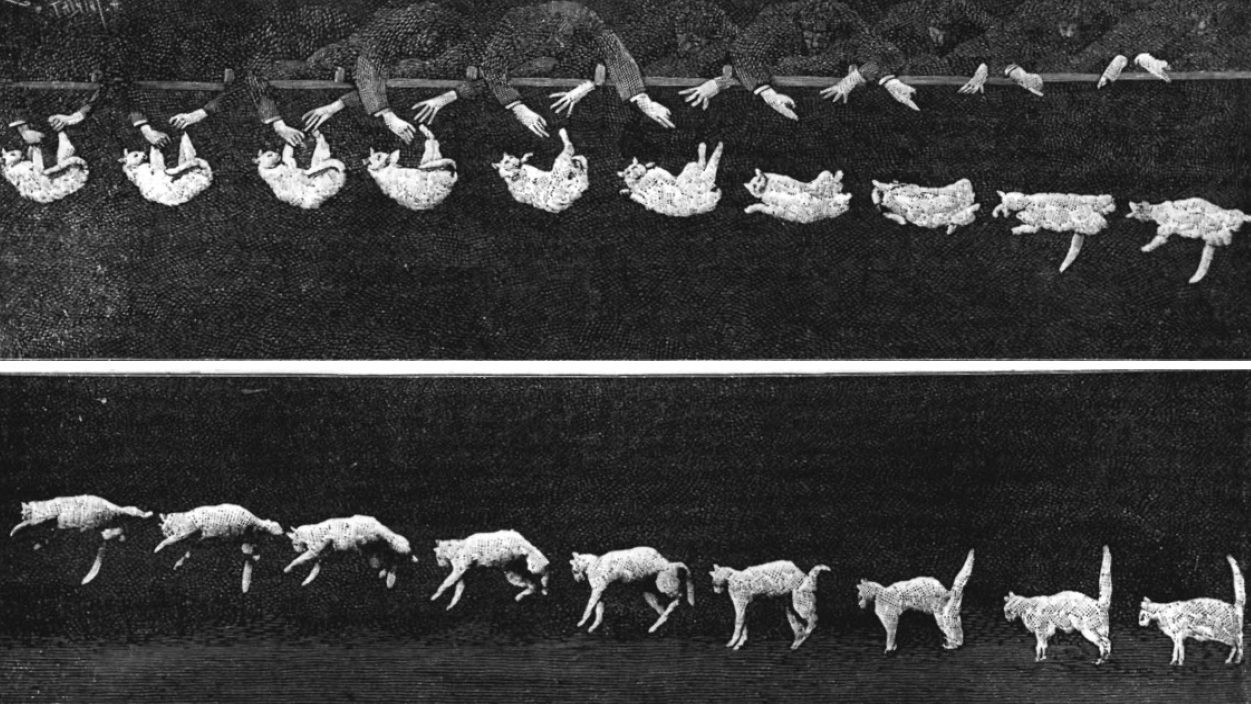When facing large-scale issues like the energy crisis and climate change, Mitchell Joachim argues that our solutions need to be as “big” as our problems.
Question: Are you comfortable with being called a futurist?
Mitchell Joachim: I’ve been called a futurist by many folks out there. I’m comfortable with the label. I think that as an architect and an urban designer, it’s our job to be clairvoyant. It’s our job to propose something that doesn’t exist. It’s the amount of time, or the scale of time, that that proposal situates itself in maybe makes me a futurist more than just an architect.
Question: Are abstract and long-term based projects inherently impractical?
Mitchell Joachim: Is the work we’re doing impractical? I would say no because it’s based on current problems. It’s based on real world, every day, issues. They’re big issues and I think because they’re big issues, there’s a kind of fear about making big moves or gestures to solve them. So when I hear that our work is impractical, I often paraphrase John F. Kennedy. And he said, if man created problems, man can solve them. So if this problem is really big, our energy crisis, climate change, etcetera, we are going to need solutions that match that scale.
So I don’t think we’re being impractical. I just think we’re putting as many ideas out there that we can and concepts that are hopefully grounded and off the shelf technologies or proven thoughts from some time ago. That could make this change happen. If I was to talk about a practical answer to dealing with our energy crisis in the United States, I would agree with the Obama administration. I would say every American should just change the light bulbs and weatherize some buildings.
If we started weatherizing buildings for heating or cooling, you know, very cheap to do with weather strips, etcetera, rubber strips, or changing light bulbs to compact fluorescents despite the issues of mercury which isn’t exactly right, we would save say 40 percent of the energy in the United States. This doesn’t take a rocket scientists to figure out. This we have known for about 30 years give or take. The signal of this intention has been communicated by our government, by our scientists, by our designers, by the everyday person. We have long understood that solving problems with the way we live today when it comes to the environment is pretty easy to do. So the average American, Homer Simpson, hasn’t invested in this compact fluorescent light bulbs, not really interested so far. So I think right now we have about a five year limit to get on board with this plan otherwise there will be some penalties. I wouldn’t be so concerned with the governmental penalties as I would the penalties the Earth will return to us.
Recorded on: September 11, 2009





